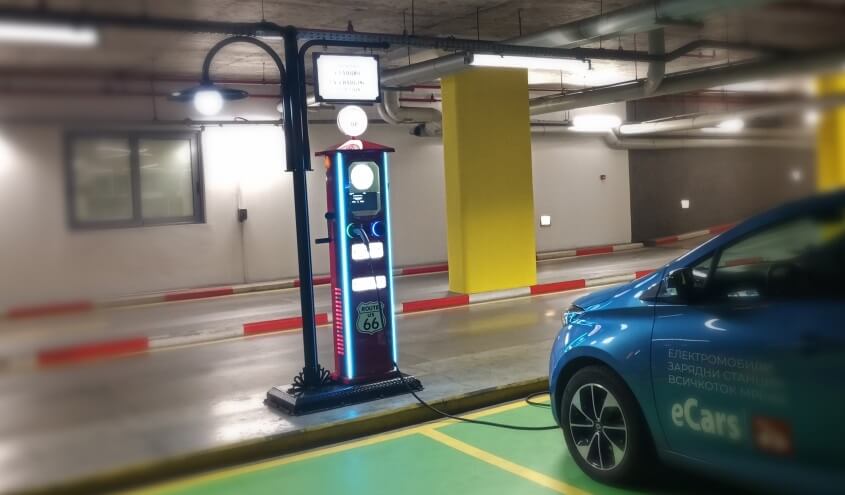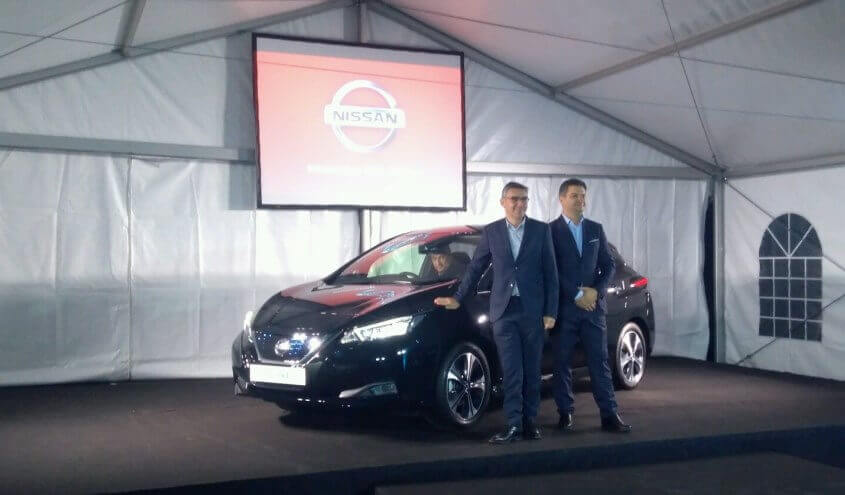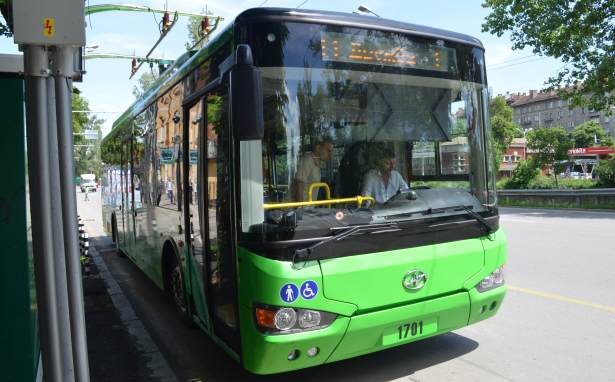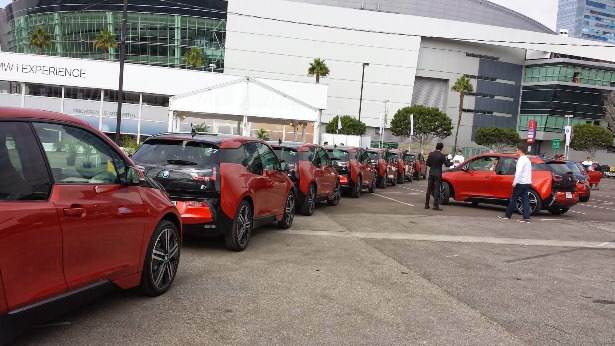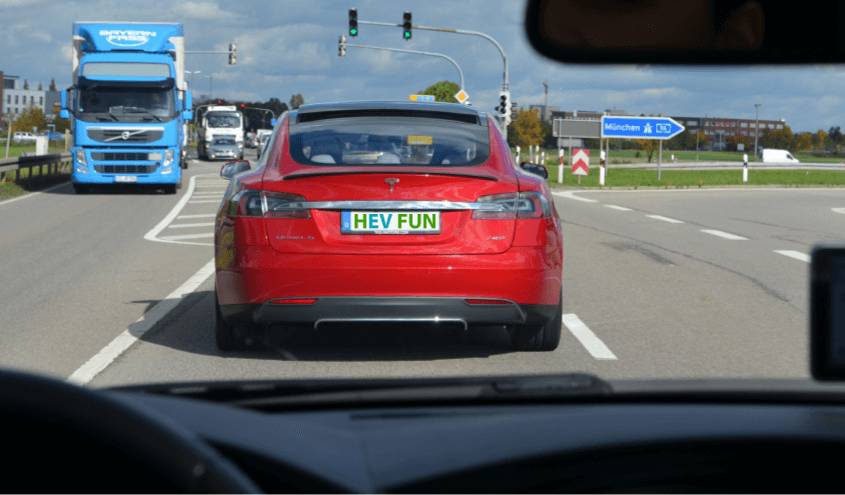In this blog: A new electric bus is now part of the Sofia's public transport – charges in a couple of minutes and gets around the city.Listening to how people talk about the new electric bus, I quickly realized there's something wrong associated with media titles like "For the first time in Europe an electric bus is operating in Sofia". We know media... but electric buses are hardly new, and what sets the one in Sofia apart is that it does not have a battery, but an ultracapacitor module...
It may sound a bit techie, but we'll get to in a bit – lets first say a word about the initiative.
This is a joint-venture project between the bulgarian-israeli company Chariot Motors and the Chinese manufacturer Higer. Together they provided an electric bus to Sofia's city transport company for an year long test on a regular trolleybus route. The bus is equipped with an ultracapacitor system made by the Chinese company Aowei, which is testing such systems for seven years now in Shanghai (and recently in New York). The current version of the system delivers around 25 km range with two charging stops – at the end station of the bus route and one in downtown (11.5 km each way). Charging takes up to 7 minutes which is why this technology is suitable for short city routes without a battery.
What is an ultracapacitor
The ultracapacitors, once called electric double-layer capacitors, are electrochemical capacitors with much higher power density than regular capacitors. For more info take a look at this Wikipedia article.
Here an excerpt:
In the early 1950s, General Electric engineers began experimenting with components using porous carbon electrodes for fuel cells and rechargeable batteries. Activated charcoal is an electrical conductor that is an extremely porous "spongy" form of carbon with a high specific surface area. In 1957 H. Becker developed a "Low voltage electrolytic capacitor with porous carbon electrodes". He believed that the energy was stored as a charge in the carbon pores as in the pores of the etched foils of electrolytic capacitors.
General Electric did not immediately pursue this work. In 1966 researchers at Standard Oil of Ohio (SOHIO) developed another version of the component as "electrical energy storage apparatus", while working on experimental fuel cell designs. The nature of electrochemical energy storage was not described in this patent. Even in 1970, the electrochemical capacitor patented by Donald L. Boos was registered as an electrolytic capacitor with activated carbon electrodes.The double-layer capacitor effect was first noticed in 1957 by a team of General Electric engineers who was testing deviced fitted with porous carbon electrode.
Back to 2014, the biggest advantage of ultracapacitors is that they can be charged in less than a minute (or couple of minutes depending on the capacity), which is significanly shorter than battery charging. This in turn makes the range also (much) shorter. That's why ultracapacitors are not that suitable for cars, but are so effective in city transport applications for shorter ranges. It is likely that range delivered by ultracapacitors will be extended in the future.

And by effective we mean that the new electric bus charges in less than 7 minutes at the downtown station and immediately starts the 11.5 km trip to the end station. While chatting with the driver, we thought the charging took even less and he said the bus is capable of covering the whole 23 km distance on a single charge, but for now they are testing it with two charging sessions.
The charging construction is very light and we like the desing of the nice inox frame – it literally takes no space on the sidewalk. When the bus arrived, the pantograph just raised to the rails above and charging process started.
Naturally, having no battery, we were curious to see what the ultracapacitor module looks like. Here it is:
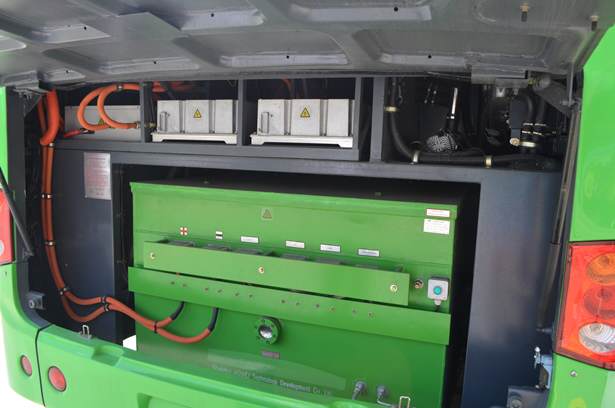
We've seen the previous Aowei bus ultracapacitor specs and we know it weighs roughly ton and a half. The one on the picture is more or less the same in weight, mostly because of the thick green metal box it's housed in.
The bus is power by two electric motors close to 100 kW each. Energy consumption from downtown on is 45-50% of the capacity due to couple of hilly road sections, and around 40% of the capacity in the opposite direction. This means, as driver noted, the bus can technically run all the distance of 23 km on a single charge, but for now they're testing it with additional charge midway.
We've been told it needs slightly less that 1 kWh per kilometer, which means it consumes up to 12 kWh one way. Maybe this is not the right way to calculate it, but at €0.09/kWh daily cost of electricity, it costs up to €1.2 (or €2.4 both ways - 23 km) Cool isn't it?! Cool indeed, but once it silently took off the charging station with no black smoke getting out of it of course, we were hooked even more.
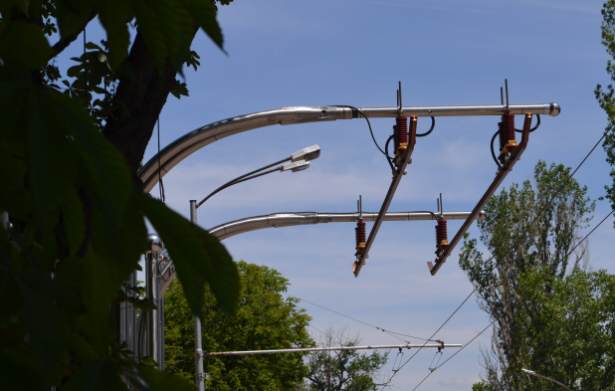
Great to have such a bus in our city, being the first of it's kind in Europe they say. We support this new tech hands up and how could we not – when you drive Renault Twizy and eat the diesel fumes around like salad, this electric bus is just a dream come true. Or should we call it Ultrabus?!? That's true for all pedestrians and for all of us in the city – we're doing our best to spread the word about the new bus so other cities befefit from this technology as well.
Here they are – the smallest and the biggest EV in town :)!




